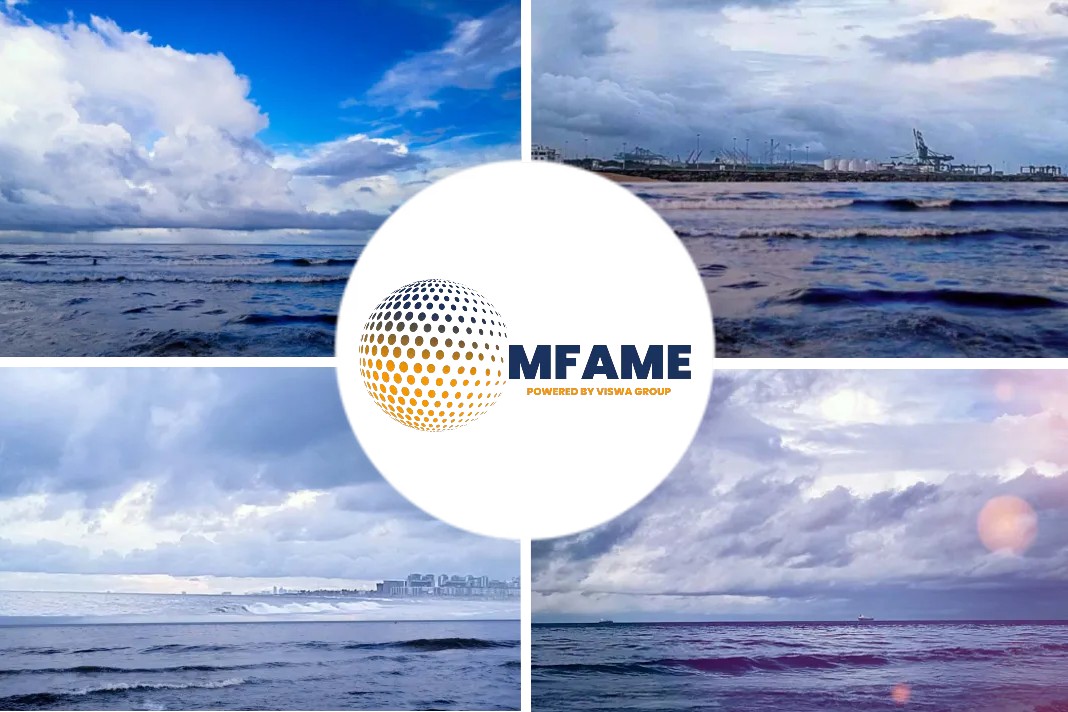- As there’s no extension to the IMO 2020 Sulphur regulation, shipowners and shipping companies should create a ship implementation plan.
- The 3 month grace period till March 20 should be fully utilised to show diligence to compliance.
- The most effective way to go about it is to plan well in advance and keep the crew prepared with training.
- Choosing the correct scrubber manufacturer and equipment is crucial and cost-effective in the long run.
- The average cost of $2-2.5 million, the 30-40 days off duty period and the possibility of a loss of earnings should be kept in mind.
- Scrubbers are indeed the quick fix solution to sulphur compliance
By the end of last year, the scrubbers situation has become volatile with various up and downs. So, in times like these, it’s of paramount importance to get an expert opinion and guidance. It was this thought which led Alibra Shipping to interview the shipping executive of an established tanker owner to discuss his views on the impending 2020 sulphur cap requirements and how they will impact vessel owners from an operational perspective.Here’s an excerpt from that interview.
Do you think that the industry will be ready to meet the 2020 deadline?
The industry will rush to meet the deadline, now that they know for certain that there will be no extension. The first step is for companies to create a ship implementation plan because after 1 Jan 2020 owners will not be able to carry heavy fuel oil without scrubbers. So, companies will need to buy the compliant fuel ahead of the deadlines, empty and clean the tanks and then put the new fuel before the 1 Jan 2020. There will be a 3-month grace period until March 2020 where owners must show that they have done the due diligence to change the fuel and they will not be penalized.
The issue for the industry is whether the compliant fuel will be available in the various ports. So far, the suppliers have confirmed that compliant fuel will be available. However, we need to take into consideration the compatibility issues for the compliant fuel.
My overall opinion is that the industry, in one way or another will be ready, of course, there will be some teething problems, but gradually the situation will be smoothed out.
What are the various options available to owners to meet the sulphur requirements?
The alternatives are: to install scrubbers so that you can continue to use the heavy fuel oil; to use a compliant fuel; to use MGO.
The big question is in the logistics i.e. how many ships will have installed scrubbers by 1 January 2020 and for those who have not – will the compliant fuel be available.
From a shipping executive’s point of view, which is the most effective way to meet the regulations?
The most effective way to meet the regulations is to have a plan and to be well prepared. This involves training the crew on board the ship on how to use the compliant fuel. It is also important to have a fuel management plan prepared well in advance.
If the company has decided to install scrubbers, they will also need a fuel management plan and in addition, they will need to train crews to use scrubbers and to maintain them to ensure that they are kept in a good condition.
What’s the biggest challenge to consider to regarding the installation of scrubbers?
In my opinion, it is a commercial issue. The biggest challenge is assessing the total cost of installing a scrubber. In other words, it’s not just the cost of the scrubber itself, we also need to take into consideration commercial issues such as what will be the off-hire time in order to calculate the total cost.
Another important issue to consider is choosing the right equipment and from a manufacturer who has experience in building good quality scrubbers. The scrubber manufacturing industry is still relatively new, with only two or three companies manufacturing scrubbers. However recently there have been some new companies emerging, to meet the growing demand but as they are new to the industry, they may not have the experience to deal with any operational issues that may arise.
What are the installation cost and time off hire?
If an owner decides to install scrubbers in a newbuilding, the average cost is an additional $2-2.5 million. To retrofit scrubbers, aside from to the cost of the scrubber installation, owners must also take in to account the time off duty, which is around 30-40 days, and any loss of earnings that this could entail. Some owners may take this opportunity to install ballast water management systems at the same time.
It takes roughly one year to take back the capital expenditure of installing a scrubber and over the lifespan of a ship, this is cheaper than using compliant fuels, which come at a premium over HFO.
The future of scrubbers going forward, are they a ‘quick fix’ solution to a long-term issue?
I think that scrubbers are indeed a quick-fix solution, with some owners deciding to install scrubbers purely to take advantage of the disruption which in turn may create opportunities for earning more money.
The IMO has imposed these regulations due to pressure from international governments, but in doing so, they have left open a loophole in the form of scrubbers.
Did you subscribe for our daily newsletter?
It’s Free! Click here to Subscribe!
Source: Alibra Shipping























